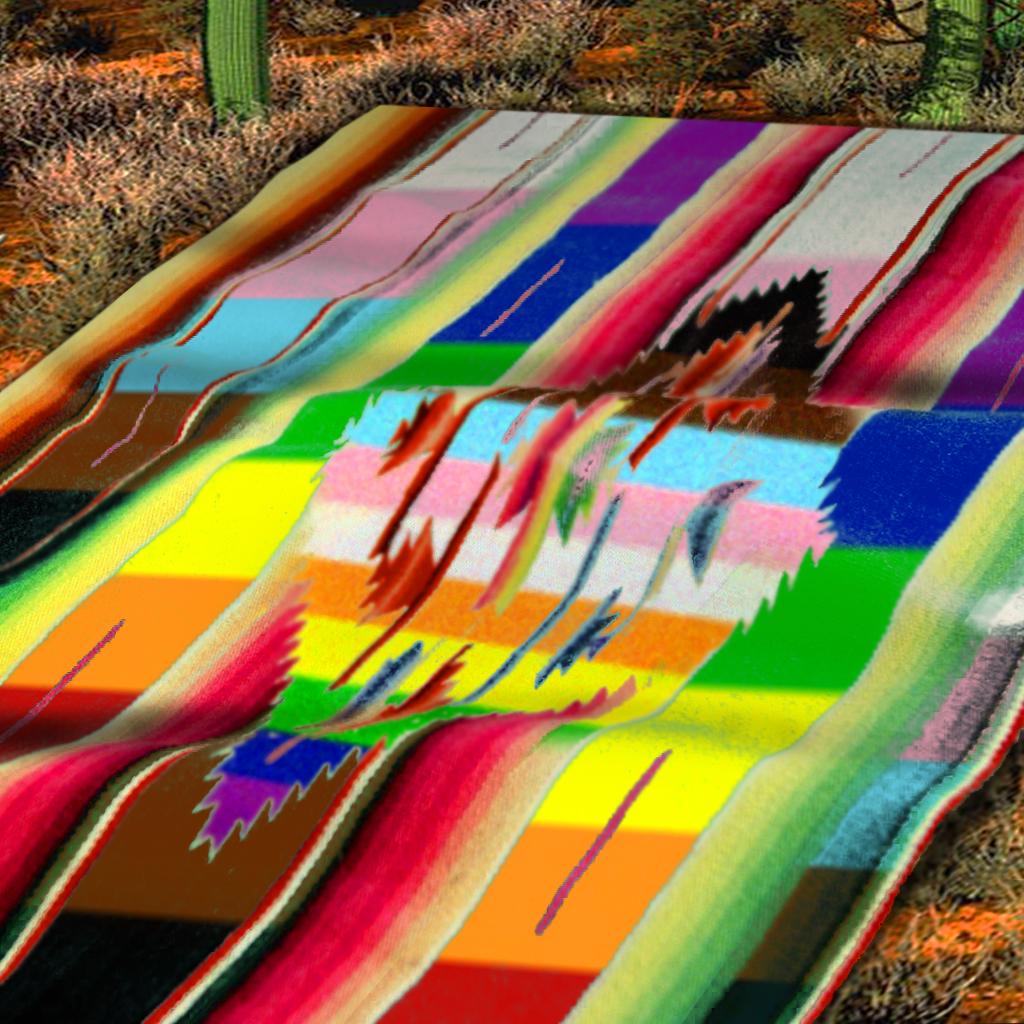1 Start by checking out the Native Land project. Search for your location to learn which Indigenous homelands your school and local community occupy, and then consider incorporating this knowledge in the way you think and talk about school space and history. All land within what is now the U.S. is colonized Indigenous land, yet many people are not aware of the history of the land we call home, work, and school. After learning which Indigenous homelands you occupy, look up the local tribal nations and Native community leaders to gain an understanding of what work Native people are already doing on issues affecting Native LGBTQ+ and Two-Spirit youth such as education and health or employment.
2 Educate yourself on local Native issues wherever you are. Most non-Native representation of Native people refers to the past and erases the over 562 tribal nations in what is now the United States. Considering this ongoing erasure, make an effort to familiarize yourself with museums and cultural centers that are open to the public or have digital exhibits and collections. If you have a position in a school with funding allocation or the ability to bring in resources, add to your library’s collections of Native/Indigenous authors, musicians, historians, writers, and cultural educators
3 Learn about Native/Indigenous understandings of the term Two-Spirit. LGBTQ+ terminology and perspectives are largely white-led and white-dominant frameworks that do not necessarily account for Native youths’ identities or experiences. Moreover, white/Western queer people have a history of appropriating Native/Indigenous terms such as Two-Spirit to advocate for broader inclusion that erases queer Indigenous peoples. Check out GLSEN’s lesson Beyond the Binary and their LGBTQ+ History Cards highlighting Two-Spirit leaders and icons Candi Brings Plenty and We’wha, Zuni.
4 Learn about the history of assimilation in federal boarding schools. As someone with a career in education, it’s important to understand the history of this system in our country. For many Native families, this not-so-distant history has lasting effects on their relationship to schools and schools leaders. Furthermore, gender conditioning was (and still is) a central aspect of forced assimilation for Native youth that often occurred in school settings in order to enforce white, middle class gender norms. To learn more about Native perspectives of boarding school histories, check out the work of the Native-led National Native American Boarding School Healing Coalition.
5 Talk about colonialism and assimilation. Incorporate your researched knowledge on Native/Indigenous issues and local tribal communities in the way you communicate with people at school. As queer people, we know from experience that a work or school environment may not feel supportive if people do not directly discuss LGBTQ+ issues or have established practices to talk about pronouns during introductions and in meetings. Native youth may not know if a school environment is supportive if they do not hear staff address or acknowledge issues specific to their experiences. Take the time to talk about racism and colonialism or nation-based discrimination. Incorporate Native/Indigenous issues in your classes to discuss Native work on climate change and environmentalism or language revitalization projects, and read Native/Indigenous authors. Directly include Native/Indigenous people in your discussion of LGBTQ+ history and politics.
6 Recognize that this list is not a checklist to complete. Supporting communities with which you do not identify is a lifelong undertaking that includes as much active unlearning as it does learning. This list is not exhaustive, and these suggestions might lead to projects that take years but can go a long way in signaling to Native/Indigenous youth that supportive people exist in their school environment.
 Even when people recognize the need to reach out to students with different lived experiences, it can be difficult to know how to go about this in culturally responsive ways. One way to begin is to incorporate your knowledge of Native/Indigenous issues in the way you form connections with people through shared interests and advocacy, especially through making space for people when you have no obligation to.
Even when people recognize the need to reach out to students with different lived experiences, it can be difficult to know how to go about this in culturally responsive ways. One way to begin is to incorporate your knowledge of Native/Indigenous issues in the way you form connections with people through shared interests and advocacy, especially through making space for people when you have no obligation to.
Create space for Native LGBTQ+ and Two-Spirit students and listen to their needs and interests. Support their work and creative or research projects. Allocate classroom space and resources for student cultural groups and/or community projects. Additionally, devote time and labor to support Native LGBTQ+ and Two-Spirit students working on project proposals, research, and college applications.
Know that your efforts are making a difference in making sure all students feel safe, seen, and celebrated at school.
~ Jess L. Cowing, PhD, (she/they)